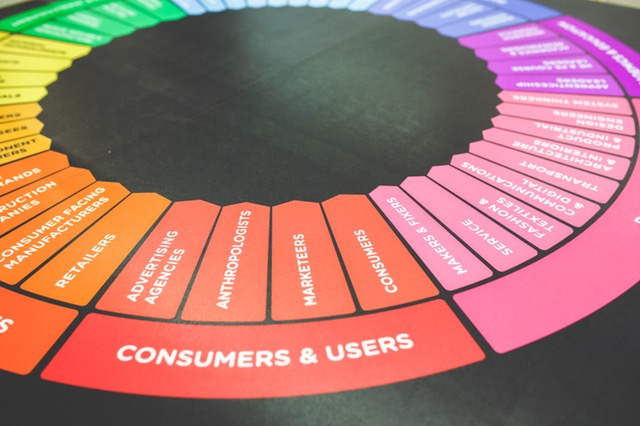The Economy is extremely volatile at the moment and if it becomes a bear market, it can have severe consequences for a lot of small businesses. For some, it meant cutting back on expenses, downsizing, or even bankruptcy. However, during these times businesses can give real value to their customers and stand out from their competition. Your ability to adapt, shift priorities, and look for opportunities during a downturn can help you stay afloat and gain a decisive edge above the competition.
We’ll be focusing on three main areas considered to be the most vital during this phase.
Customers
Customers tend to be more price-sensitive during tough times. Buying habits change, as well as their priorities. But despite all that, you need to keep a steady flow of income for your company. Getting enough customers to keep the ball rolling should be high on the list of your priorities. There are at least 3 ways you can achieve this:
- Cross-sell/up-sell
- Be more competitive
- Focus on Customer Service
Although it seems counterintuitive, cross-selling or up-selling when most people are trying to stay on budget actually works. In retail business, this could mean offering bundled items, a discount, or selling them in bulk. Services like salons may offer one or more complementary services at a slightly lower price than if customers were to avail of them on separate occasions. Customers will take every opportunity to get the most out of their dollar whether it’s through discounts or storing up for the rainy days.
Staying in touch with your customers is a lot easier these days because of sales and marketing automation and Customer Relationship Management (CRM). Small Business Dream helps business owners acquire new customers and maintain customer loyalty through email autoresponders, survey forms, inside sales tools for salespeople (Action List, phone script, notes, etc.), landing page templates, and sales funnel.
Cash Flow
Maintaining a positive cash flow can be tough for businesses during recessions. People tend to be more conservative with their finances, and businesses might have a hard time finding more capital to run their businesses. This often results in drastic measures like downsizing and outsourcing certain tasks, while others may try reducing their workload through automation. Check your cash flow and see if your business spending gives the best possible output.
Identify important areas in your business. If you are to strip down your business to its core, which ones would likely stay and keep you in business all throughout? Is there any task that hasn’t been automated, and is taking up too much time to accomplish? How effective is your marketing, and does it justify the cost? In many cases, business owners find themselves spending too much on things that don’t have significant impact on their bottom line. You could be hiring more people when you could have just spent a fraction of the cost using sales and marketing automation. We want our business to be as lean as possible and still be able to maximize our gains.
Reallocate your resources as needed. Technology has come a long way towards improving our efficiency from customer acquisition to maintaining good customer relationship. In fact, some businesses are already moving towards inside sales using CRM because it allows them to save up on gas, meetups, business trips, and other related expenses doing outside sales. This strategy greatly reduces business costs and helps them stay cash flow-positive when most businesses are barely making it.
Opportunities
When the economy is bad, most people turn to cash. Savvy investors and business owners use this opportunity to acquire more assets and properties as many of these will go on sale during recession. This is where businesses with enough cash stored away can benefit the most. If you are able to stay cash flow-positive, this can be your chance to grow your business significantly.
Foreclosures and auctions are pretty common during economic downturns. Take some time looking for opportunities to buy assets properties on the cheap which include real estate, office equipment, vehicles, goods, and raw materials. Some of these normally cost a fortune, but you might be able to acquire them for your business at significantly reduced prices. Market downturns allow you to grow your own business by picking up the pieces from what is left of other people’s businesses.
Final thoughts
You can succeed with any small business regardless of the present economic conditions so long as you have the mindset, skills, and the right tools to get the job done. You can always achieve more by working smarter, not harder. Use technology to speed up and automate your tasks, and be prepared to step up your business when opportunities present themselves.
Learn more on how you can successfully build your small business through sales and marketing automation. Visit SmallBizDream.com and start using our suite of tools to increase your sales and profitability like never before.





